Hi, it’s Kyle! Today I’d like to talk about something I didn’t enjoy at first but eventually grew to love: Japanese Art
First Impressions
Japanese art, especially ukiyo-e woodblock paintings, is not something I enjoyed the first time I saw it.
Of course, I always connected the images to Japan and thereby liked them by default, but they certainly weren’t something I would put on my list of the best parts about Japan and Japanese culture. “Where is the detail?”, “Why do these faces look so unnatural?”, “This is all too simple” were some of the comments I used to make whenever I saw this type of art, especially in art exhibitions where I paid to enter with the expectation to be moved by elaborate and awe-inspiring works of art.
However, like most things concerning Japanese culture, the deeper I let it sink in and the more I reflected on it, the more the value and beauty of this style of art became apparent and became something that I learned to appreciate.
I want to start by defending my justifications as to why I didn’t think much of Japanese art at first. Growing up in New York, I remember going to the Metropolitan Museum of Art in Manhattan and being absolutely blown away by not only the immense collection of art there, but also by the individual paintings themselves. The detail and life found in Italian, French and Spanish artwork was absolutely breathtaking and worthy of all praise that it receives. After spending what felt like an eternity admiring those European works of art, I wandered into the Japanese exhibit and felt immediately let down. The detail, vibrance, skill and beauty of the European selection I had seen minutes before was nowhere to be found in the Japanese art exhibits. Of course, the paintings had their own style which was easy to recognize, but I couldn’t seem to find the same level of appreciation for them. “What was the artist thinking?”, I thought to myself as I looked at “Irises at Yatsuhashi” by Ogata Korin. Comparing that with French or Italian paintings of the same period, it was almost as if the Japanese artists weren’t even trying. I left the museum with a newfound appreciation for European art, but a feeling of confusion and disappointment for Japanese art.
My Mind Starts to Change
That all began to change after moving to Japan and being thrown in the deep end of Japanese culture. Everything I had previously thought of what was worthy of admiration was beginning to change. Specifically, the appreciation of the simplicity found in things. In my experience, the simpler things were, the more beauty can be found within them. A seasonal washoku meal, a blooming cherry blossom tree, or a cup of tea are all examples of things that I began to recognize as beautiful especially because of their simplicity. Yes, there is a time and place for those things which are elaborate and detailed, but I was living in a world where those things were seen as novelty, not things which can be appreciated on a daily basis.
This idea made its way into my opinion of Japanese art. The depictions of life in the artwork that I once thought were unelaborate now had a new angle from which I began to appreciate them. While I still loved the European artwork that I naively compared Japanese artwork to, now I saw the beauty in the Japanese art I once shrugged off prematurely. Life is not always extraordinary and over-the-top like it is in European art. It is more often like it is the way its depicted in ukiyo-e: unexaggerated and natural. Once I realized this, I felt a stronger connection to this style of artwork because I was more likely to see the scenes depicted in the artwork in my daily life in Japan, giving me an opportunity to appreciate them even more.
What Do English and Ukiyo-e Have In Common?
Many of my students have the same feelings when starting to learn English.
This is especially true in junior high schools, where they need to start taking English more seriously as opposed to just playing games and having fun in elementary school. Many students do not see the point at first, just like how I didn’t see the point in Japanese art. However, as they study more and time passes, they start to enjoy it because they can understand more. I think the key is making sense of something that’s right in front of you that you don’t understand. Just like I now see a reason to appreciate Japanese art, my students eventually come to love learning English after they have found practical uses for it.
What was it like for you when you started out learning English? Did you dislike it at first or did you enjoy it from the start? Have you ever changed your opinion on something you used to dislike as time passed?
Why don't you try Fruitful English "800 test questions and answers" free trial? →Here

英語講師として日本だけでなくアメリカでも活躍されたKyle先生。日本人に英語を教えた経験が豊富であることから、日本人が間違いやすいポイントをしっかりと理解されています。日本語検定試験N2も持っており、日本語も堪能。また、「なぜ元の表現が間違っているのか?」という理由をきめ細やかに説明できる講師です。
座右の銘は「You only fail if you fail to try.」
※このブログでは英語学習に役立つ情報アドバイスを提供していますが、本ブログで提供された情報及びアドバイスによって起きた問題に関しては一切、当方やライターに責任や義務は発生しません。
※ここでの情報や助言を参考に英文を書いたり下した判断は、すべて読者の責任において行ってください。ここに掲載されている記事内の主張等は、個人の見解であり当社の意見を代弁・代表するものではありません。
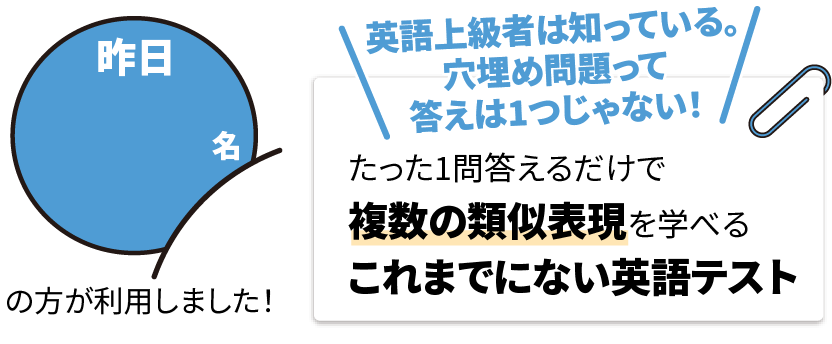





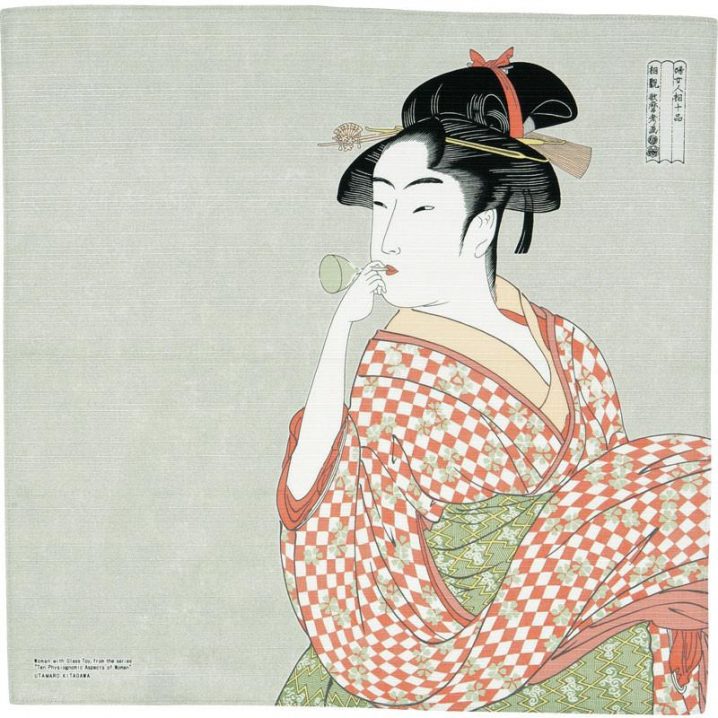
 (6 イイネ!が押されています)
(6 イイネ!が押されています)







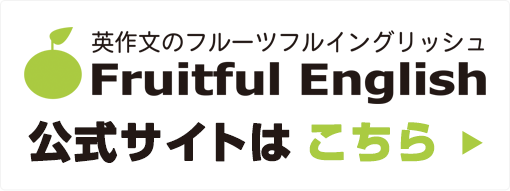

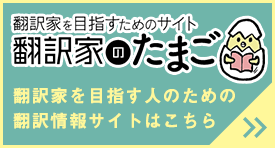

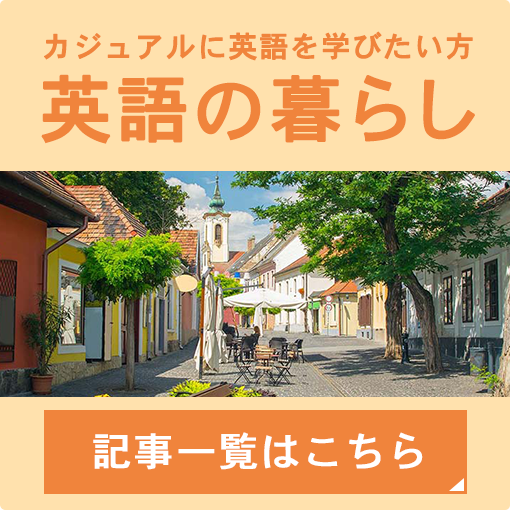
















コメントする